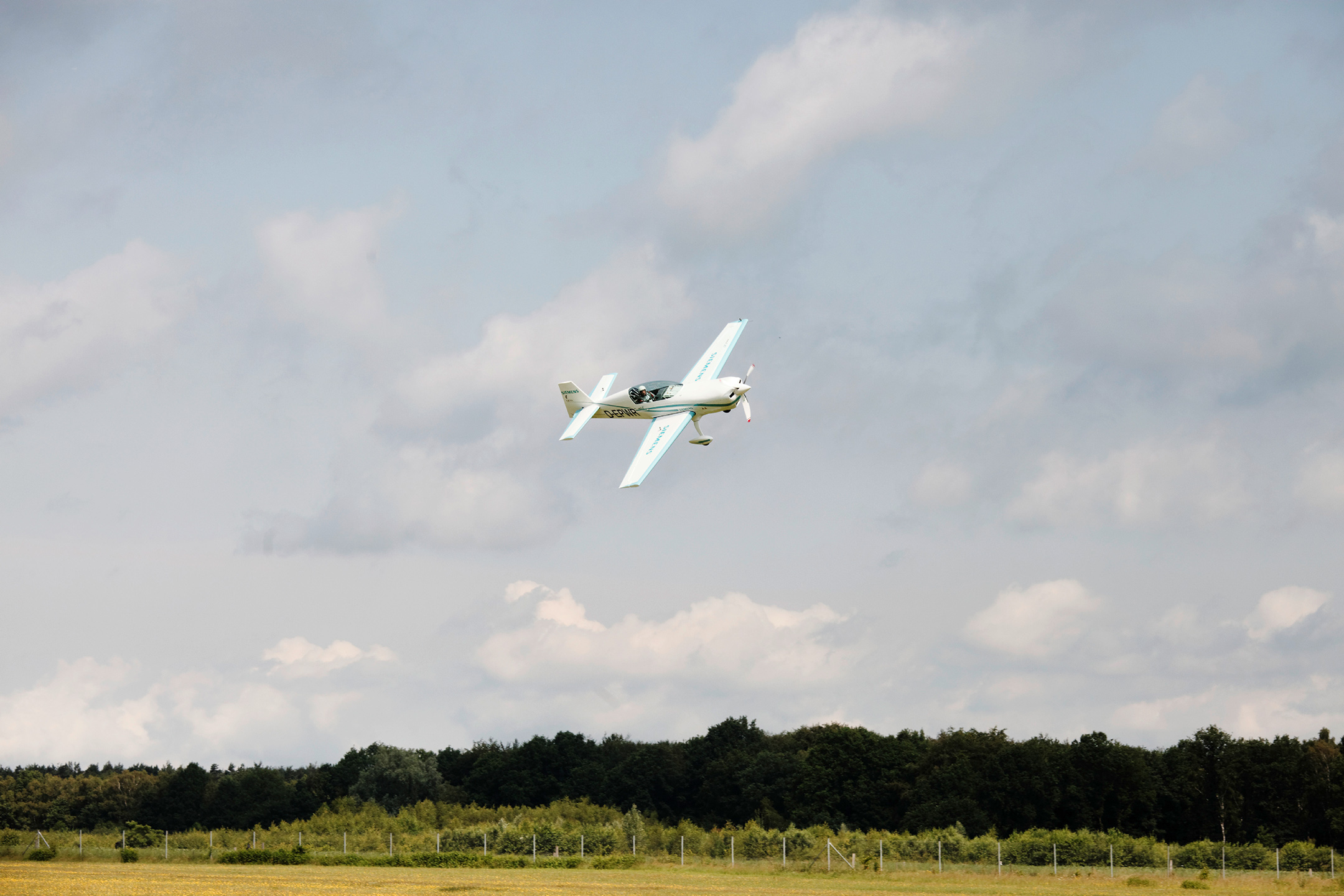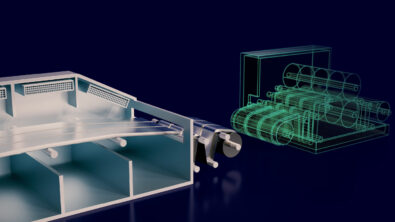Empowering electric aircraft development with digitalization

With nearly a quarter of global emissions—including carbon dioxide—coming from the transportation sector, there is no doubt we must change how our transportation systems are powered. Aviation is not exempt to this. Although aircraft contribute only approximately 2% of total global emissions (around 12% of transportation emissions), many aerospace OEMs and startups are looking to develop emissions-free aircraft and reduce emissions by 50% before 2050, all the while dealing with rising access to air travel and passenger travel volumes. One solution being explored is electrification, but this technology presents its own challenges. Low power densities and massive batteries make electrifying aircraft a complex problem, which is only exacerbated by outdated and siloed approaches to development. Fortunately, the comprehensive digital twin is helping get around those obstacles.
Challenges of the battery
Electrification is important to zero-emission aircraft. Not only does it not produce direct-emissions like carbon-dioxide, but it also decreases total cost of ownership (TCO)—half of which comes from fuel—and reduces the amount of noise a plane generates at airports. However, electrification does come at a cost, namely with power density and weight. Compared to gasoline, batteries provide drastically lower power densities, and to increase overall power capacity, more space will have to be dedicated to batteries. This is not a problem for smaller aircraft or urban air mobility (UAM) vehicles, which do not have significant power requirements or space for passengers, but large-scale planes like the Boeing 747 need tremendous power. The sheer number of batteries necessary for a large plane to match the power capacity of gasoline would prevent the plane from ever leaving the ground.
There are ways of removing weight from the electrical system but doing so risks impacting other vital systems. The electromagnetic, electric, structural, and thermal systems of today’s industrial motors are so tightly intertwined, changing one will undoubtedly affect the others. In our case, if parts of the structural system were removed to reduce weight, that would decrease the motor’s thermal capacity, heating the motor in less time and potentially causing thermal deformations within the electromagnetic system. On top of that, any changes made to the electrical system will likely require changes to the mechanical design. With the inevitable increase of electrical system complexity in future aircraft, the risk of system failures overall increases with every alteration.
A major contributor to such failures lies in the development process itself. Currently, aircraft development follows a siloed, document-based approach to creating new aerial vehicles. Different aspects of the vehicle are divided between different stakeholders, some of which may be located in entirely different parts of the world. While these stakeholders do communicate with each other, the data shared between them do not account for the systems other stakeholders are working on. This leads developers to implement unnecessarily redundant safety measures into their designs, adding needless weight, causing poor aircraft performance, increasing testing costs, and potentially compromising missions.
The virtual integrated aircraft
Here is where the comprehensive digital twin can make a difference. With the digital twin, developers can create a model-based systems engineering approach, utilizing a virtual integrated aircraft (VIA) that covers the entire aircraft development process from the earliest design phases to the performance testing. Any stakeholder can access the VIA to simulate not only the smallest components, but also the system a component is integrated into, all the way to the whole aircraft and every integrated system. This process is also important to electrification as designers can analyze the requirements of their desired concept and create potentially thousands of different permutations with different values of weight, thermal capacity, and more. Engineers can then virtually test and simulate these permutations and how they affect the VIA to find which version best fits their needs.
Since every part for the VIA can be simulated and any problems can be discovered and solved in the virtual space, the need for physical testing is greatly diminished. That is not to say physical testing will be eliminated entirely, but it will be less costly. For example, engineers can perform hardware-in-the-loop testing—where individual parts or subassemblies are tested physically while integrated with simulated VIA—before building a complete prototype, saving time and money. This will help speed up the verification and certification processes of sustainable aircraft, allowing them to be put into production and take to the skies sooner rather than later.
Clear skies
Nobody said overhauling the aerospace industry to be more sustainable was going to be easy, but few things worth doing ever are. Electrifying aviation while increasing passenger volumes is going to have its challenges. Confronting these challenges is necessary, however, to build a greener, more sustainable world. By simulating new propulsion methods like electrification within an entire aircraft, engineers will be able to overcome their obstacles and get emissions-free aircraft from the production line and into flight faster. The comprehensive digital twin will be an invaluable tool in making a greener world a reality.
Siemens Digital Industries Software is driving transformation to enable a digital enterprise where engineering, manufacturing and electronics design meet tomorrow. Xcelerator, the comprehensive and integrated portfolio of software and services from Siemens Digital Industries Software, helps companies of all sizes create and leverage a comprehensive digital twin that provides organizations with new insights, opportunities and levels of automation to drive innovation.
For more information on Siemens Digital Industries Software products and services, visit siemens.com/software or follow us on LinkedIn, Twitter, Facebook and Instagram.
Siemens Digital Industries Software – Where today meets tomorrow


